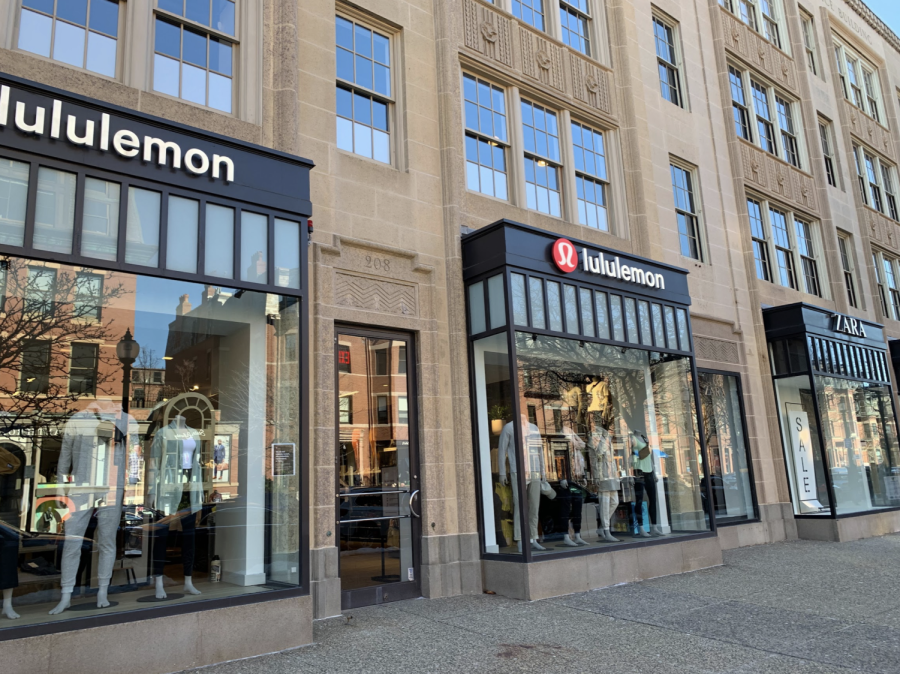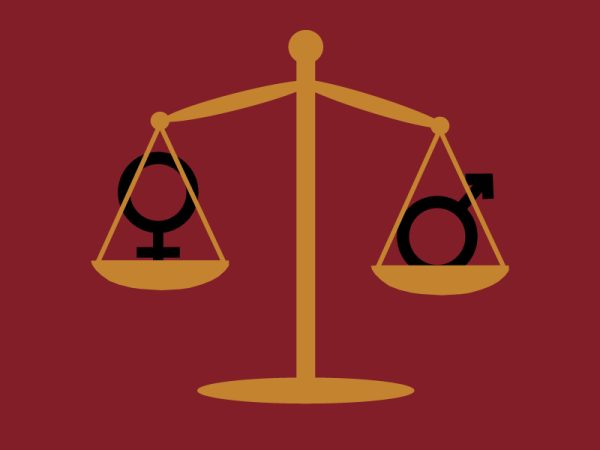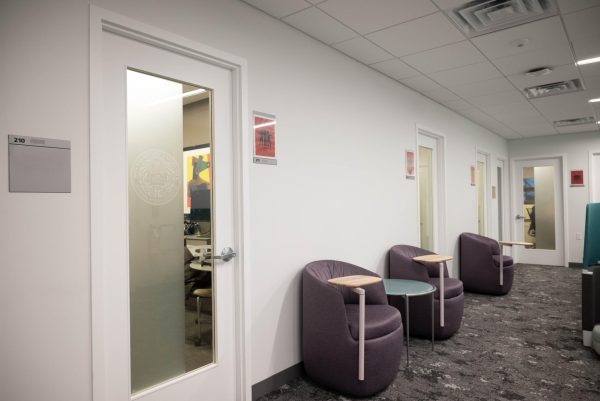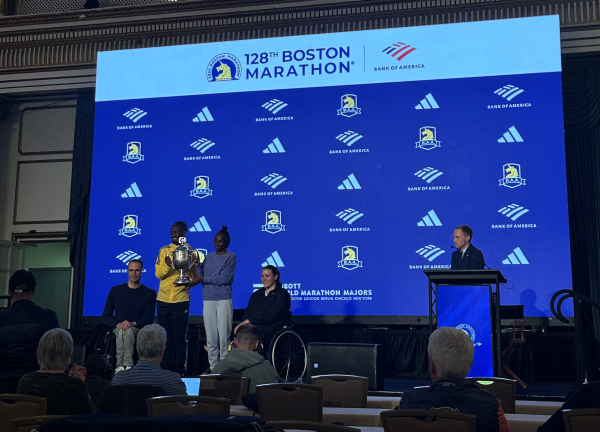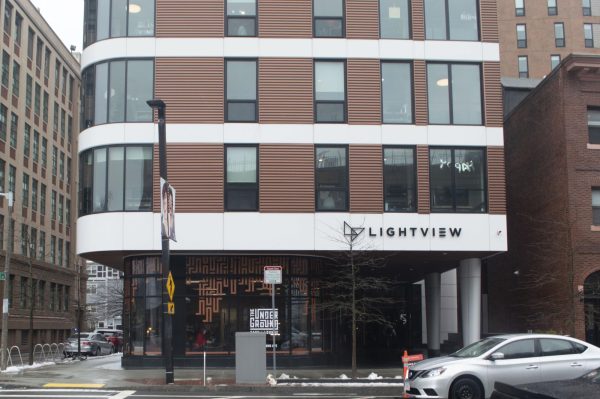Fashion trends promote luxury brands, create sense of belonging
Students often use name brand clothing to convey a sense of community and belonging. The pandemic changed what that meant for fashion trends.
February 17, 2022
With students on campus wearing popular high-end clothing items like Canada Goose jackets, Doc Martens shoes or Lululemon flared yoga pants, it’s clear that the Northeastern community is not immune to fashion trends. While fashion can be a tool to uniquely express oneself, when it comes to trendy brands, students often purchase certain types of clothes simply because they see others wearing them.
Adriana Alvarez, a first-year cell and molecular biology major and global fashion studies minor, says she sees lots of Golden Goose, Veja and New Balance sneakers around campus. Wearing name brand clothing can show off wealth, but Alvarez said it also shows the lengths people will go to establish a sense of belonging through fashion.
“These are all trends because [students] have all seen it somewhere online,” Alvarez said, “It’s about the brand name.”
Looking to others for fashion inspiration allows individuals to associate themselves with a certain style or demographic, experts say.
“I think it’s easy to take the easy way out and brand ourselves,” says Frances McSherry, the professor who created the global fashion studies minor in 2017.
Impressionable individuals stick to fashion they are comfortable with or change their style according to the current trends. A trend’s nature can reflect someone’s personal life or current events, McSherry said.
“[Fashion trends have] a lot to do with what’s happening in the world,” McSherry said. “When we go through phases of real struggle, we generally go back in clothing styles, anyway, to something that has existed before.”
Connecting the cyclical nature of a fashion trend to external factors, whether they are environmental, political or social, helps explain how fashion evolves over time. Environments that foster long-lasting fashion staples allow trendy clothing to become more accessible. This can apply to basic, versatile pieces during a recession or bold, statement pieces during a period of evolving expression.
Fashion is yet another aspect of daily life that the pandemic continues to influence. Megan Ball, a fashion retailing lecturer at Northeastern, said the pandemic created fashion trends that favored utilitarian styles. As fashion returned to its basics, trends emphasized wearing only what one needed to survive: t-shirts, shorts, sweatshirts, sweatpants, leggings, sneakers and undergarments.
“[The pandemic] took people back to basics for a while,” Ball said. “Shopping kind of stopped. There was not a lot of fashionable shopping going on. Everyone went towards athleisure, which is pretty casual.”
Athleisure and streetwear have been growing in popularity since the 1990s, but found real footing when individuals spent an increased amount of time at home during lockdown. Zoom meetings were limited to showing a portrait view on camera, giving people the freedom to dress in what best suited them from the waist down.
Now, as individuals return to in-person school and work, they can decide how they want to brand themselves in the aftermath of the pandemic’s broad turn to athleisure and streetwear.
The fashion choices made by those who adapted to pandemic’s casual trends will largely predict the fashion industry’s upcoming fast-paced trend cycles. New trends that push the industry’s boundaries, Ball said, could emerge as this leisure fashion period ends.
“People follow fashion because they do just want to fit in,” Ball said.
Making bold fashion statements is risky for those who prefer to blend in. McSherry explained that many believe following fashion trends is a safe option that gives the perception that an individual is an accepted member of a community.
“We’re really, really good at identifying who other people are by the clothing that they’re wearing,” McSherry said. “As we negotiate how we want to present ourselves, we find comfort in dressing similarly.”
Trends like athleisure and streetwear from name brands seem like they’re here to stay. But as the fashion industry revitalizes after a long plateau, the pandemic’s long-term effects on fashion trends remain unclear.
“If [a trend is] something that is just popping up because it’s kind of cool right now, [it] will disappear really quickly,” McSherry said, “If it doesn’t have any meaning, it’ll be just a short phase.”


